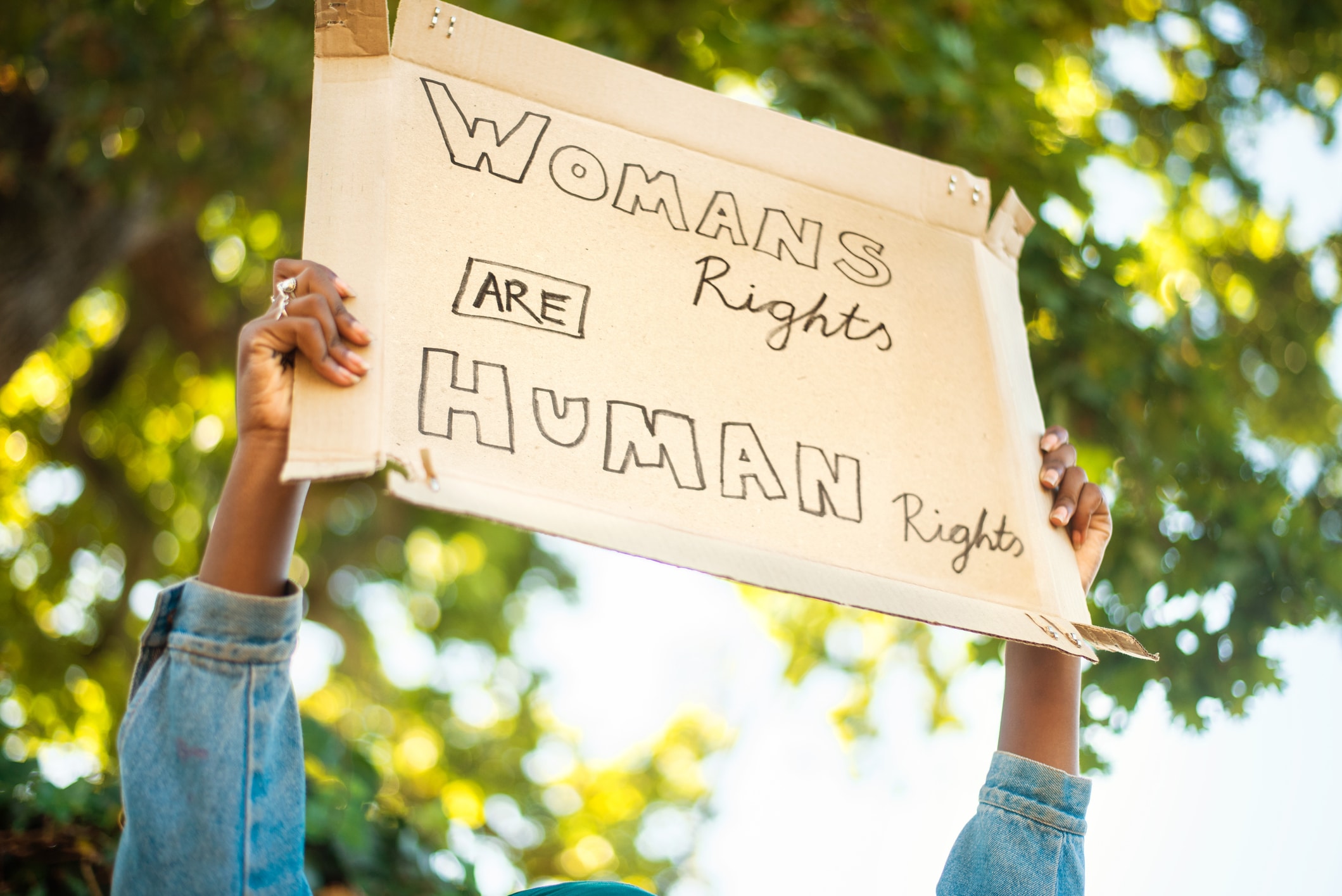Feminism is an ever-evolving, powerful social movement that has transformed societies and challenged long-standing gender inequity. Unfortunately, misconceptions and myths about feminism persist, often perpetuated by those who don’t fully understand its principles and goals. We’ll disprove eight common myths about feminism, shedding light on what this movement truly stands for.
Myth 1: Feminism is anti-men
One of the most persistent myths about feminism is that it’s anti-men. In reality, feminism seeks gender equality, not female superiority. It encourages a more inclusive society where all genders are treated with respect and have equal opportunities. It’s not about one gender dominative over another, but it’s about removing toxic masculine forces that serve very few people and harm people of all genders.
Myth 2: All feminists are the same
Feminism isn’t a monolithic movement. It encompasses various branches, including liberal feminism, socialist feminism, radical feminism, and intersectional feminism, each with its own perspectives and priorities. Assuming that all feminists think and act the same is a misconception.
Myth 3: Feminists hate traditional roles
Feminism isn’t about denigrating traditional roles but rather about giving individuals the freedom to choose the roles that suit them best. Feminists advocate for the option to pursue any career or lifestyle without being limited by gender stereotypes.
Myth 4: Feminism is a white woman’s issue
White feminism is a type of feminism that centers the (usually heterosexual, cisgender) white woman’s experience with sexism while neglecting and often causing harm to those women who aren’t. True feminism dismantles patriarchal structures, creating a more equitable world that benefits everyone, regardless of their gender, sexual orientation, race, ethnicity, age, etc. To be clear, not all white women are white feminists. You can be white and support intersectional feminism!
Myth 5: Feminism is no longer necessary
Some argue that feminism has achieved its goals, and there’s no need for it anymore. However, gender inequity persists in various forms, such as reproductive rights, the gender pay gap, and the ongoing underrepresentation of women in leadership roles. Feminism continues to be relevant in the fight for true equality.
Myth 6: Feminism only focuses on gender issues
Feminism encompasses many issues, including LGBTQIA+ rights, racial equality, and economic justice. It recognizes that gender inequality intersects with other forms of discrimination, and true progress requires addressing these intersections.
Myth 7: Feminism is a Western concept
Feminism isn’t confined to Western countries. It’s a global movement that takes various forms in different cultural contexts. Women and men from all over the world work towards gender equality and justice in their own ways.
Myth 8: Feminists hate makeup, fashion, and femininity
Feminism encourages self-expression and choice. Wearing makeup, dressing fashionably, and embracing one’s femininity are personal choices. Feminism supports individuals in making decisions based on their preferences, not societal expectations. It always goes back to choice. That said, many have argued that because the (male-dominated) beauty and media industry is so powerful, wearing makeup and focusing on appearance isn’t without its issues.
Feminism is a powerful and multifaceted movement that aims to create a more equitable world for everyone. Debunking these eight myths highlights the need for a more nuanced and accurate understanding of feminism. As we challenge these misconceptions, let’s work together to achieve a society where everyone, regardless of gender, can be treated fairly and equitably.




